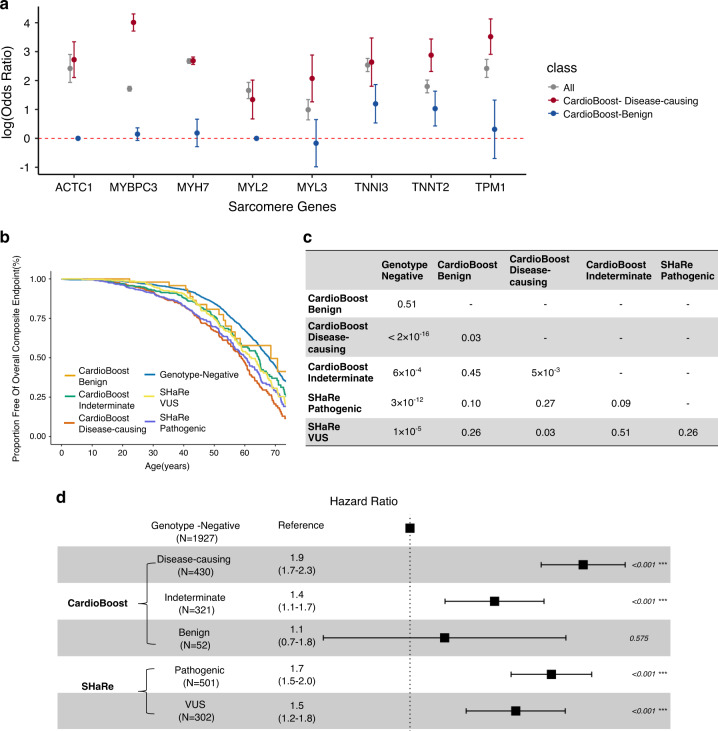Fig. 3. CardioBoost improves prioritization of variants associated with disease and clinical outcomes in patients with hypertrophic cardiomyopathy (HCM).
(a) We compared the odds ratios (ORs) (on log scale) for three groups of variants: (i) all rare variants, (ii) rare variants predicted disease-causing by CardioBoost (Pr ≥0.9, and excluding those seen in our training data), and (iii) rare variants predicted as benign by CardioBoost (Pr ≤ 0.1, and excluding those seen in our training data). For most of the sarcomere-encoding genes, variants classified as disease-causing by CardioBoost are enriched for disease association, and those classified as benign are depleted, compared with unstratified rare missense variants. (b–d) CardioBoost variant classification stratifies key clinical outcomes in patients with HCM. Clinical outcomes provide an opportunity to assess classifier performance independent of the labels used in the gold standard training data. (b) Kaplan–Meier event-free survival curves are shown for patients in the SHaRe cardiomyopathy registry, stratified by genotype as interpreted by CardioBoost. The patients carrying variants seen in the CardioBoost training set were excluded from this analysis. Patients with predicted disease-causing variants in sarcomere-encoding genes have more adverse clinical events compared with patients without sarcomere-encoding variants (“genotype-negative”), and compared with patients with sarcomere-encoding variants classified as benign. Survival curves stratified by variants as adjudicated by experts (marked in figure with prefix “SHaRe”) are shown for comparison. The composite endpoint comprised the first incidence of any component of the ventricular arrhythmic or heart failure composite endpoint, atrial fibrillation, stroke or death. (c) P values of the log-rank test in the pairwise comparisons of Kaplan–Meier survival curves. (d) Forest plot displays the hazard ratio (with confidence interval) and P value of tests comparing patients’ survival stratified by CardioBoost classification and SHaRe experts’ classification based on Cox proportional hazards models.

